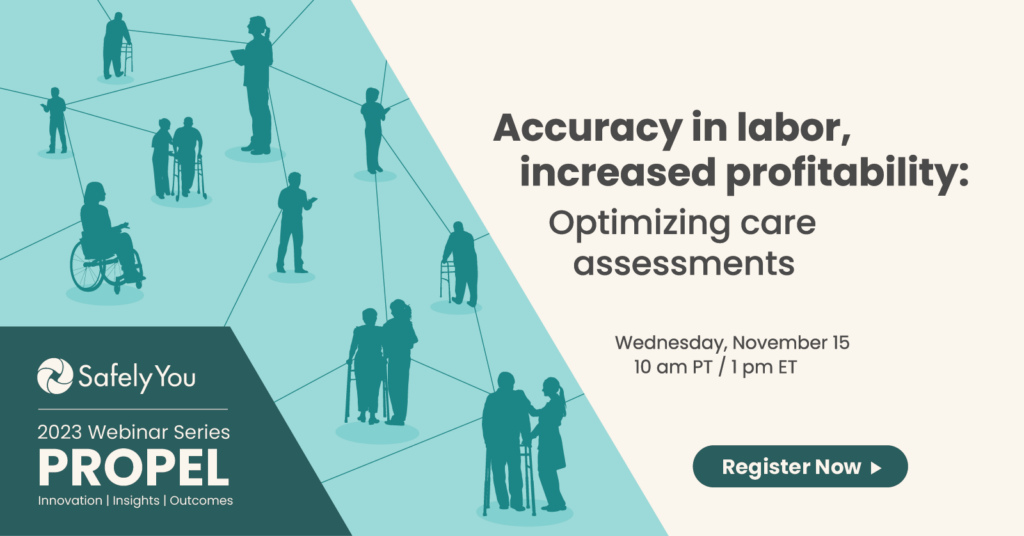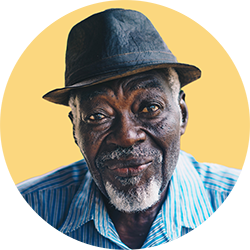What are the most common suggestions for older Americans who want to lower their risk of falling? Take an exercise or balance-building class. Go see your eye doctor. Stop taking sleep medications. Eliminate trip hazards and install grab bars in the bathroom.
A new study in the Journal of the American Medical Association suggests that those recommendations have not been effective in reducing falls. JAMA reported in an article, Mortality From Falls Among US Adults Aged 75 Years or Older, 2000-2016, that nearly three times more adults aged 75 and older died from falls in 2016 than in 2000. In 2016, 25,189 people in this age group died from falls, compared with 8,613 in 2000.
The article concludes by stating, “the circumstances behind the increasing trends in mortality from falls are not fully understood.” I think we can all agree that as our population lives longer, we are confronted with the challenges of diseases, such as diabetes, Alzheimer’s, Parkinson’s and cancer to name a few. These diseases, among others, usually have a progressive effect on a person’s mobility and balance. If you visit senior living communities with multiple levels of care, you see a spectrum of physical abilities among the residents. The typical advice for fall prevention measures for seniors is not applicable to our seniors that are in the more advanced stages of aging, especially if they are living with dementia.
So how do we help to prevent falls among our most vulnerable senior populations if we can’t count on balance training, a change in eyeglass prescription or installing grab bars? When caring for people living with dementia that are not able to verbally communicate their needs or be “trained” on new fall prevention strategies, how do we reduce their risk of falling? I’m certain there is no simple answer to these questions; however, I am sure that it starts with empathy. As care partners to the advanced aging population, we need to do our best to see the world from their perspective. Yes, we need to put environmental precautions in place, such as bed rails, floor mats and mobility aids; however, we also need to challenge and support caregivers to actively consider unmet needs, emotional changes and shifts in physical abilities to accomplish fall prevention in memory care.
The article published by the JAMA points to a very serious problem among our population over the age of 75. While I do love the idea of Tai Chi and proper fall risk assessments by qualified medical practitioners, I also hope to see the development of strategies that will lower the risk of injury and/or death resulting from falls that are relevant for our friends living with advanced dementia.





